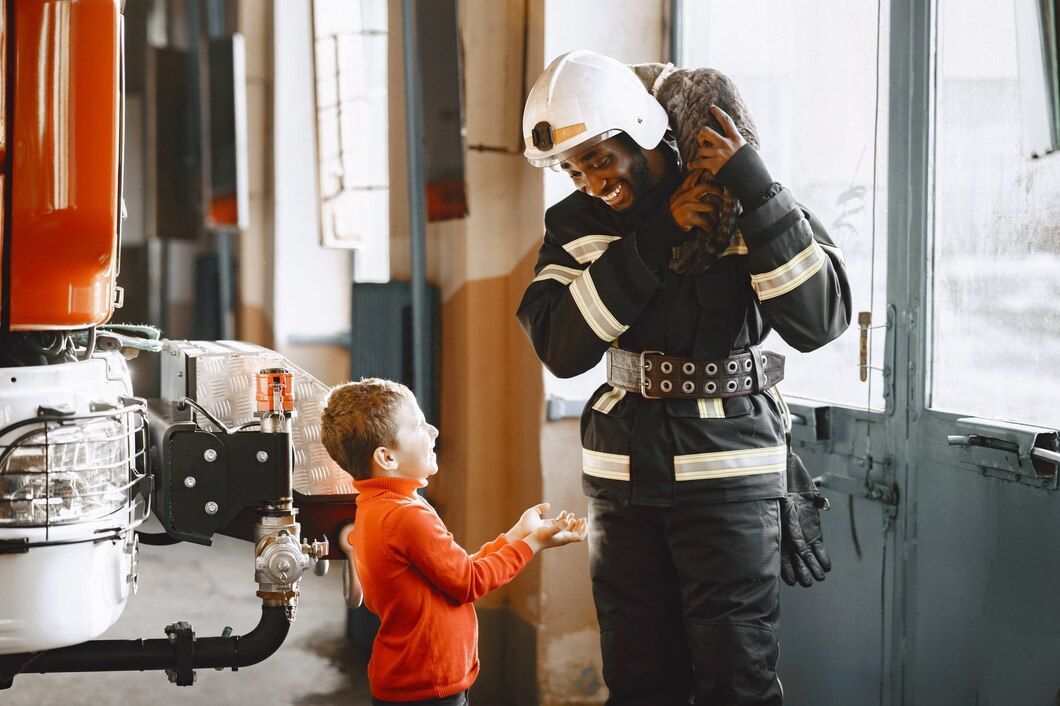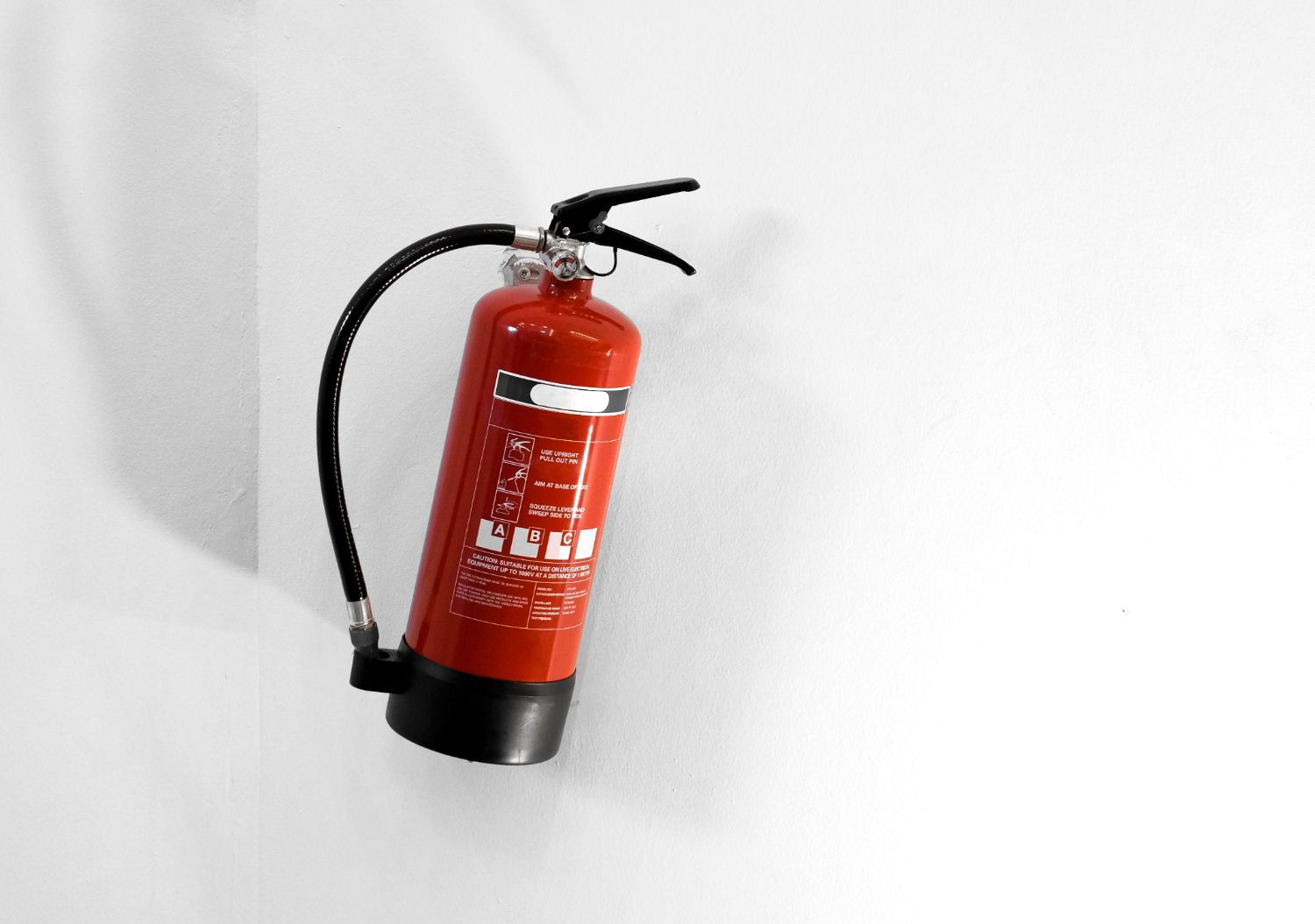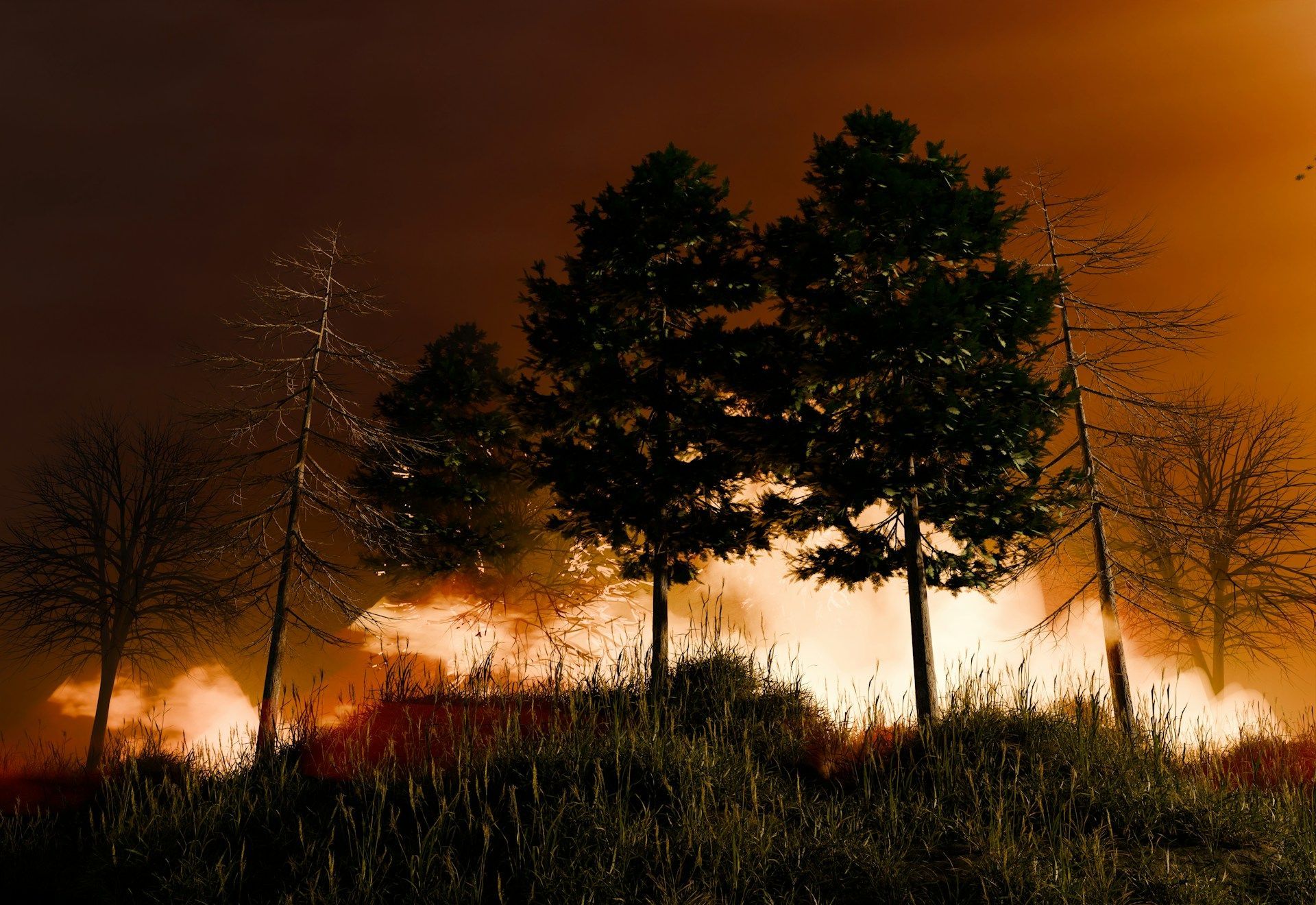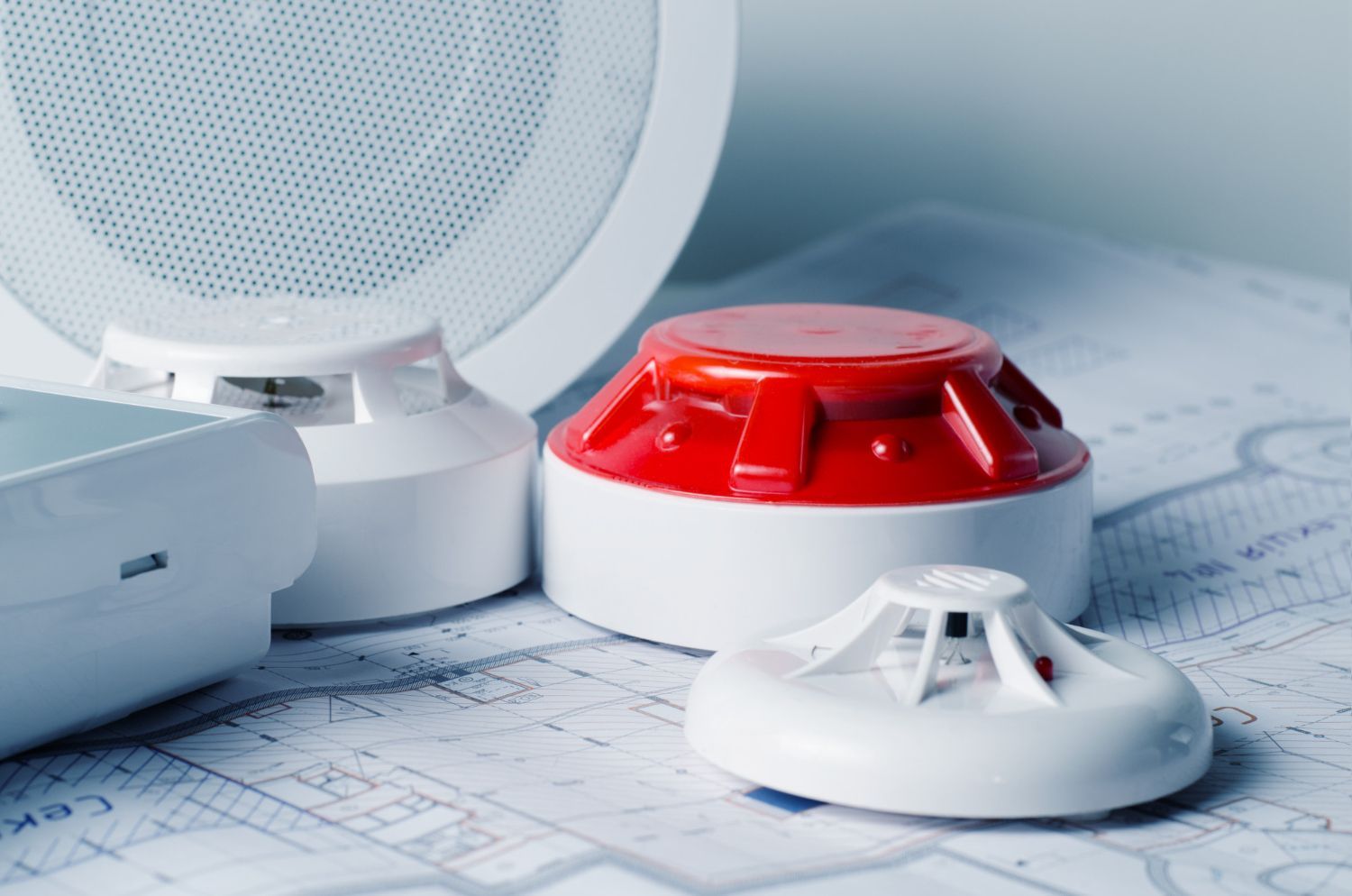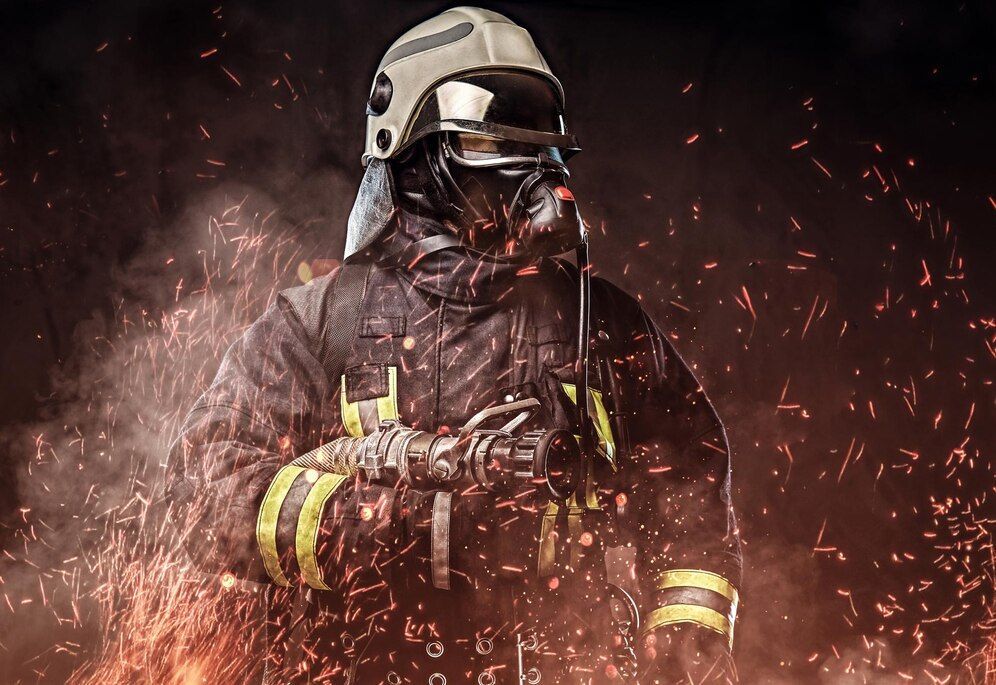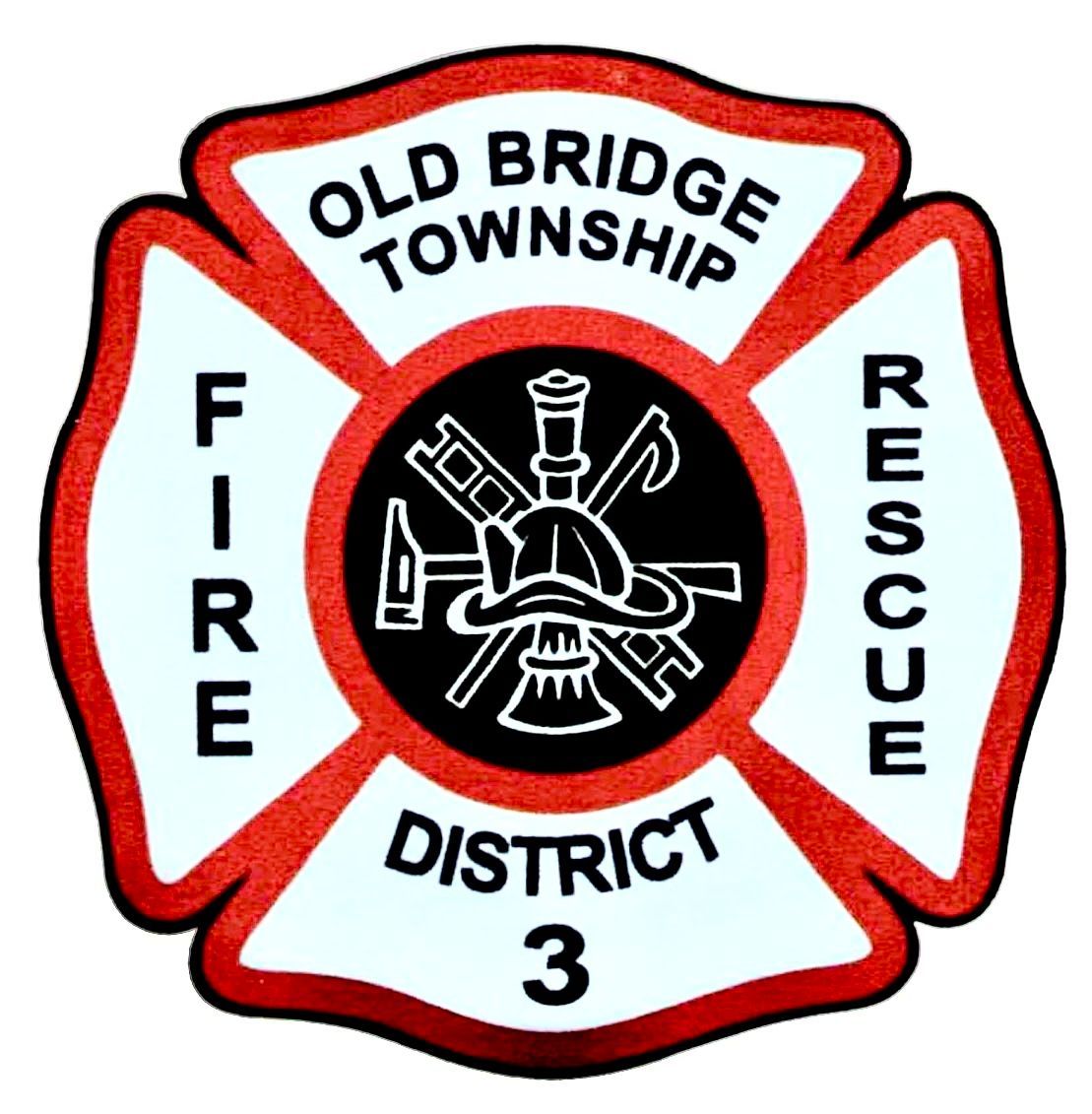Wildfire Preparedness for Homeowners: Protecting Your Family and Property
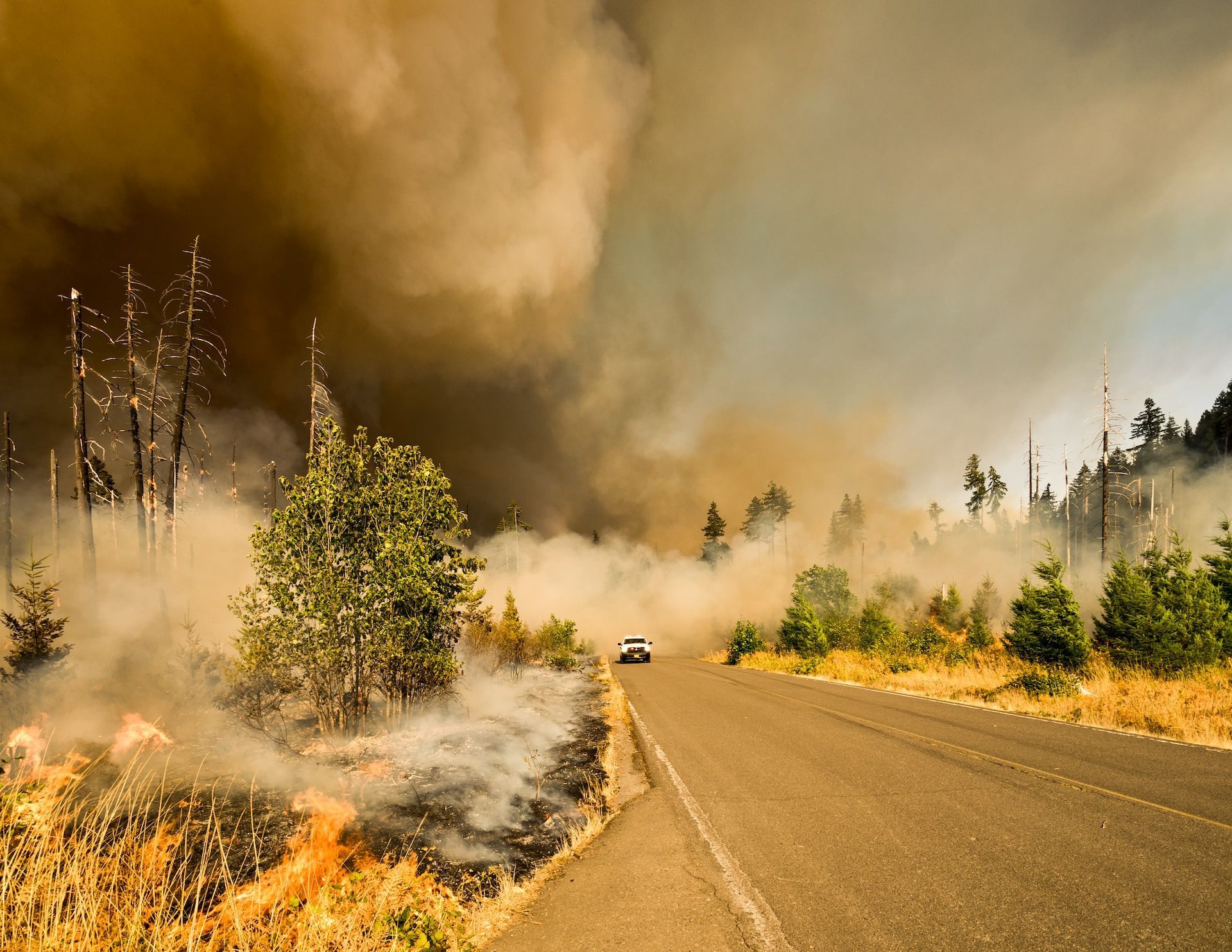
As wildfire season continues to pose risks to Fire District 3, it's crucial for homeowners to prioritize preparedness measures in safeguarding their families and properties. Wildfires can strike with little warning, and their impact on communities can be both dangerous and devastating. By implementing proactive wildfire preparedness strategies, you can help protect your home, family, and neighbors, thus contributing to a resilient and safer community.
In this comprehensive guide, we'll explore critical aspects of wildfire preparedness for homeowners. You'll learn effective strategies to help protect your property, create defensible space, and maintain a well-kept landscape. Additionally, we'll discuss the importance of having a family emergency plan, including preparation for evacuation and safe recovery.
Join us as we share essential tips and resources designed to help you safeguard your property against wildfire threats. Together, we can empower our community members to embrace a proactive approach to wildfire preparedness, ensuring a safer and more resilient Fire District 3.
1. Protecting Your Home from Wildfires
Taking measures to fortify your home against wildfires can significantly reduce the risk of property damage:
- Roof Materials: Ensure your roof is made from fire-resistant materials, as embers can travel great distances and land on rooftops. Opt for Class A roofing materials such as asphalt shingles, terra cotta tiles, or metal coverings that can provide a high level of fire resistance.
- Siding and Home Exterior: Opt for fire-resistant exterior materials such as fiber-cement, stucco, or brick when constructing or upgrading your home's siding. Keep porches, decks, and other outdoor spaces clean of debris and flammable materials.
- Windows and Doors: Install dual-pane tempered glass windows that can better resist heat. Choose doors made of non-combustible materials like metal or solid wood and ensure they have appropriate seals.
2. Creating Defensible Space Around Your Property
Establishing a defensible space around your home can help slow the spread of wildfires and protect your property:
- Zone 1 (0-30 feet from your home): This zone should be well-irrigated and free of flammable materials. Remove dead plants, leaves, and pine needles from your yard, roof, and gutters. Trim trees to maintain a minimum of 10 feet between branches and your home.
- Zone 2 (30-100 feet from your home): In this area, focus on reducing the flammability of vegetation. Maintain horizontal spacing between shrubs and vertical spacing between shrubs and tree branches. Mow and water your grass regularly.
- Zone 3 (100-200 feet from your home): In this outermost zone, maintain a reduced tree density to help decrease the speed and intensity of fires. Remove ladder fuels and create separation between tree crowns to prevent the spread of fire between trees.
3. Maintaining a Fire-Wise Landscape
Implementing a fire-wise landscape can further aid in reducing your property's vulnerability to wildfires:
- Smart Plant Selection: Choose fire-resistant plants native to your region, as they are more likely to withstand local climate conditions. Some examples include rockrose, ice plant, and aloe, which have high moisture content and produce minimal dead biomass.
- Mulching: Opt for non-combustible mulching materials like rocks, pebbles, or crushed stone, particularly in areas closest to your home. Limit the use of flammable organic mulches like wood chips or bark in spaces farther away from the house.
- Irrigation: Regularly water your plants, trees, and lawn to help protect them from drying out and becoming fire hazards. Consider installing an irrigation system that keeps your landscape appropriately moist.
4. Developing a Family Emergency Plan
Having a well-prepared family emergency plan can ensure everyone's safety during a wildfire event:
- Evacuation Routes: Identify at least two methods of evacuation from your home and community. Ensure all family members are familiar with these routes, and practice evacuations periodically.
- Emergency Supplies Kit: Assemble an emergency supply kit that includes essentials like water, non-perishable food, first-aid items, flashlight, batteries, and a radio. Have the kit readily accessible in case of an emergency.
- Family Communication Plan: Create a plan for how your family will stay in touch during a wildfire emergency. Designate a point of contact outside the fire-affected area and share contact information among family members.
Building a Wildfire-Resilient Fire District 3
The unpredictable nature and sheer power of wildfires demand that our community members take an active role in wildfire preparedness. As homeowners in Fire District 3, you have the power to protect your home, family, and neighbors by implementing practical strategies that help safeguard against the threat of wildfires.
At Board of Fire Commissioners, Fire District 3, Township of Old Bridge, our
Fire department in New Jersey encourages everyone to implement these essential tips and measures to help ensure a wildfire-ready Fire District 3, maintaining a resilient and secure community. Help promote a wildfire-ready Fire District 3 by sharing this comprehensive guide on wildfire preparedness for homeowners with family, friends, and neighbors in our community!

